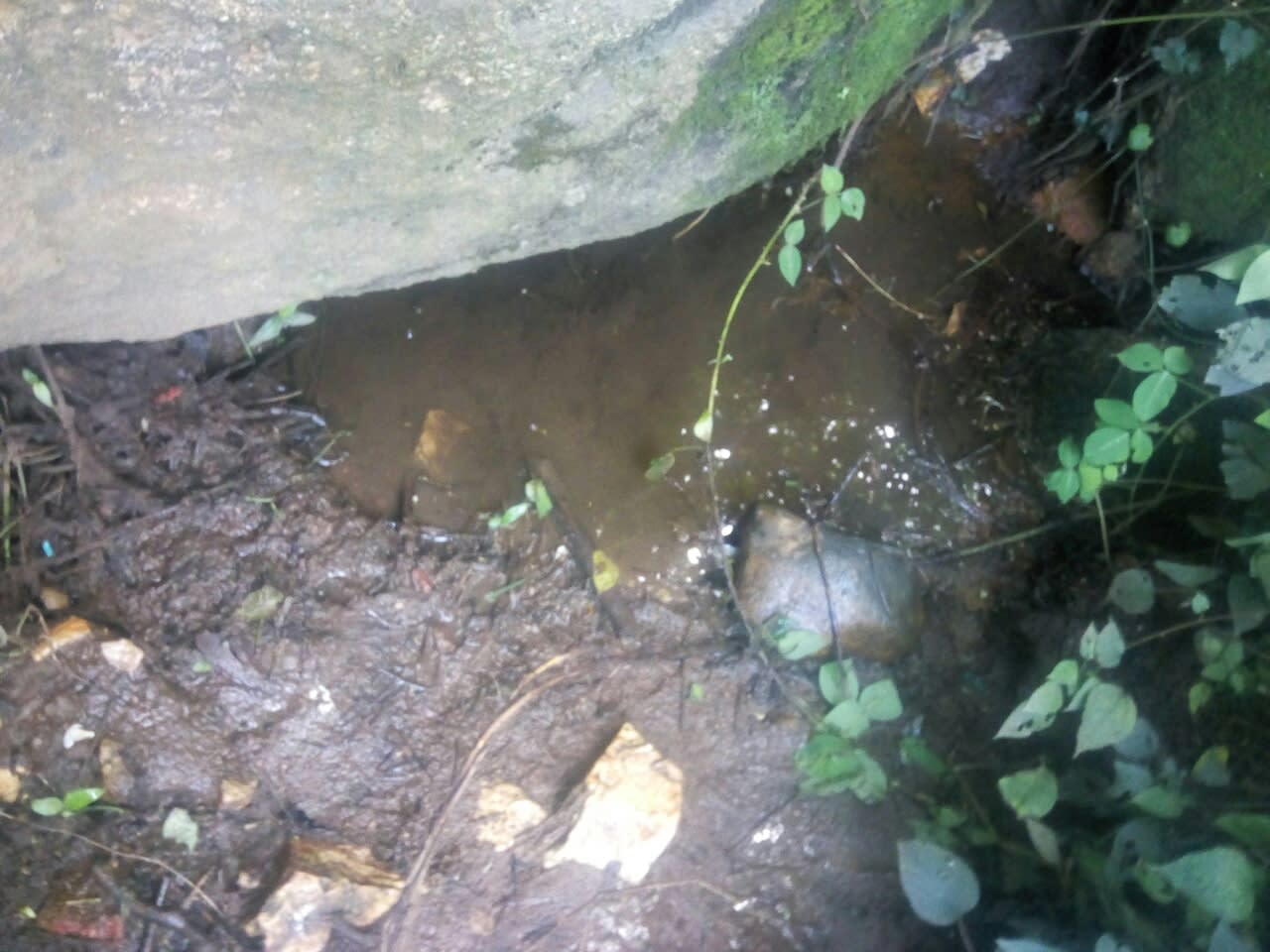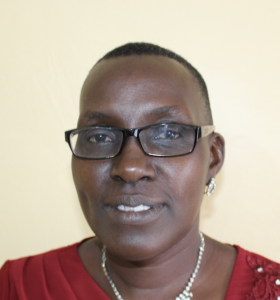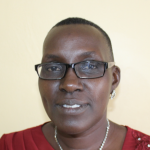Students attending Shiru Primary School don't have enough water on school grounds. The immediate need for water often interrupts class, as students venture into the community in search of water, which is often dirty. If the school has the opportunity to harvest and store enough rainwater, students and staff will have clean water for drinking, cooking staff lunch, cleaning classrooms, and many other uses.
There are 894 students attending here, and that's not counting the dozens of toddlers who are there for the early education program. A normal class day for the primary students begins at 7:00 am and stretches until 5:00 pm. They sit in study hall for an hour before taking care of various cleaning assignments, like picking up litter and sweeping classrooms.
Students study in an environment where they don't have enough water to rinse latrines, wash hands, or safely drink. Students not only can't concentrate in class because of thirst or dirty water-related illness but often miss class altogether.
Water
A small plastic tank is all the school has for water - this collects water when it rains. Its maximum capacity of 1,000 liters isn't close to enough water for the several hundred students and their teachers. The administration asked that students carry their own containers of water from home every morning to make up for the deficit. Carrying a heavy container of water, balanced with schoolbooks, exhausts students before classes even begin.
A class is often interrupted when a student or teacher realizes the day's water is gone. Students take their empty containers and go back out into the neighborhood, often stumbling upon open, polluted water sources. On the particular day of our visit, we followed students out to a large boulder. After a closer look, we saw why the children stopped; there was a pool of water coming from beneath the rock.

They're so used to this practice that they always carry a small cup along to access such shallow water. They lug their containers back to school and empty them in either one of two LifeStraw filters.
These students need a reliable source of clean water on school grounds. Until then, they risk closure by the local health department.
Sanitation
The latrines are old and the pits are practically full of waste. Even the ones that are full and unsafe have not been closed off to the students. These old, dirty latrines endanger these children. The extraordinarily long lines are unbearable for most, especially the youngest. Students will search for another private place around campus, such as the bushes, when they cannot wait in the lines for the latrines. Improper waste disposal puts the entire student population at risk of hygiene-related issues.
What we can do:
Training
Training will be held for two days. The facilitator will use PHAST (participatory hygiene and sanitation transformation), ABCD (asset-based community development), CTC (child to child), lectures, group discussions, and handouts to teach health topics and ways to promote good practices within the school. The CTC method will prepare students to lead other students into healthy habits, as well as kickstart a CTC club for the school.
Handwashing Stations
The club will oversee the new facilities, such as handwashing stations, and make sure they are kept clean and in working condition. The two handwashing stations will be delivered to the school, and the club will fill them with water on a daily basis and make sure there is always a cleaning agent such as soap or ash.
VIP Latrines
Two triple-door latrines will be constructed with local materials that the school will help gather. Three doors will serve the girls while the other three serve the boys. And with a new source of water on school grounds, students and staff should have enough to keep these new latrines clean.
Rainwater Catchment Tank
This will be a 75,000-liter rainwater catchment tank to meet the needs of such a large student population. Parents of these students will help gather the easily available materials we need such as sand, rocks, and water for mixing cement. Once finished, this tank can begin catching rainfall that will be used by the school’s students and staff. Students will no longer be responsible to find enough water to carry to school every day, nor will the school have to send them out to find more dirty water.
We and the school strongly believe that with this assistance, standards will significantly improve. These higher standards will translate to better health which will unlock the potential for higher academic achievement.
This project is a part of our shared program with Western Water And Sanitation Forum (WEWASAFO). Our team is pleased to provide the reports for this project (edited for readability) thanks to the hard work of our friends in Kenya.

 Rainwater Catchment
Rainwater Catchment
 Rehabilitation Project
Rehabilitation Project









































